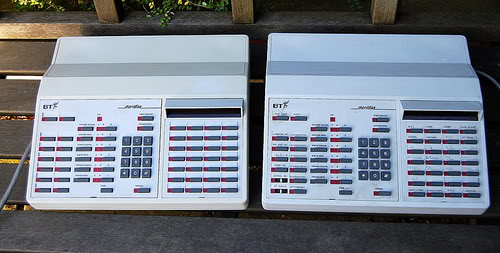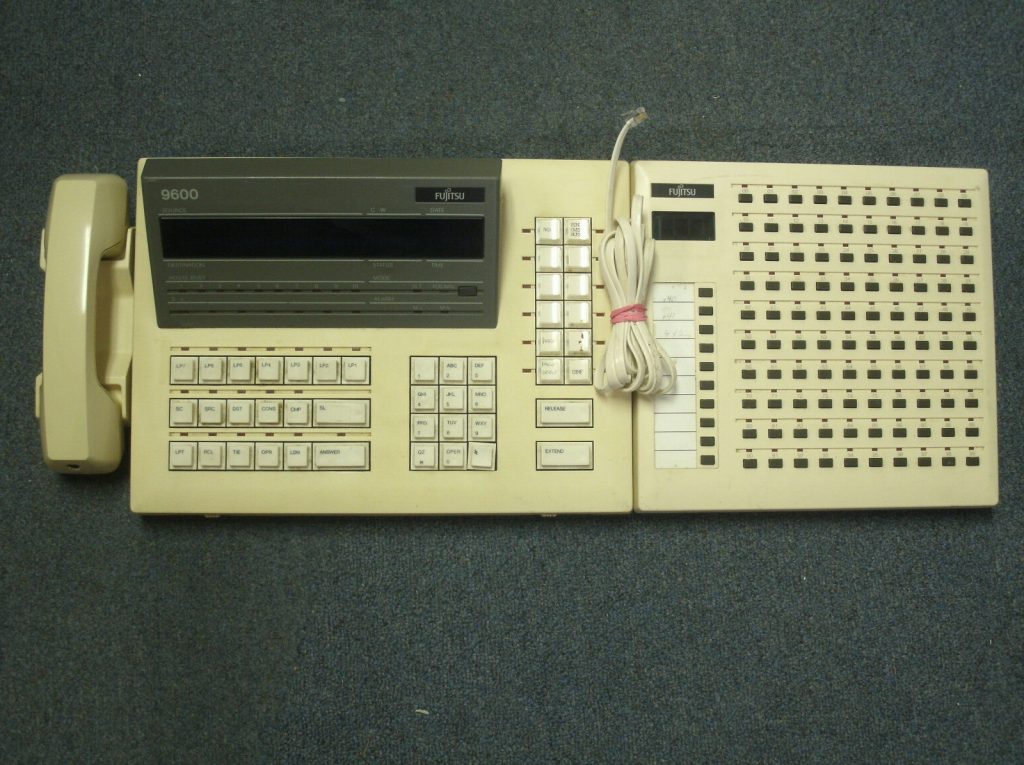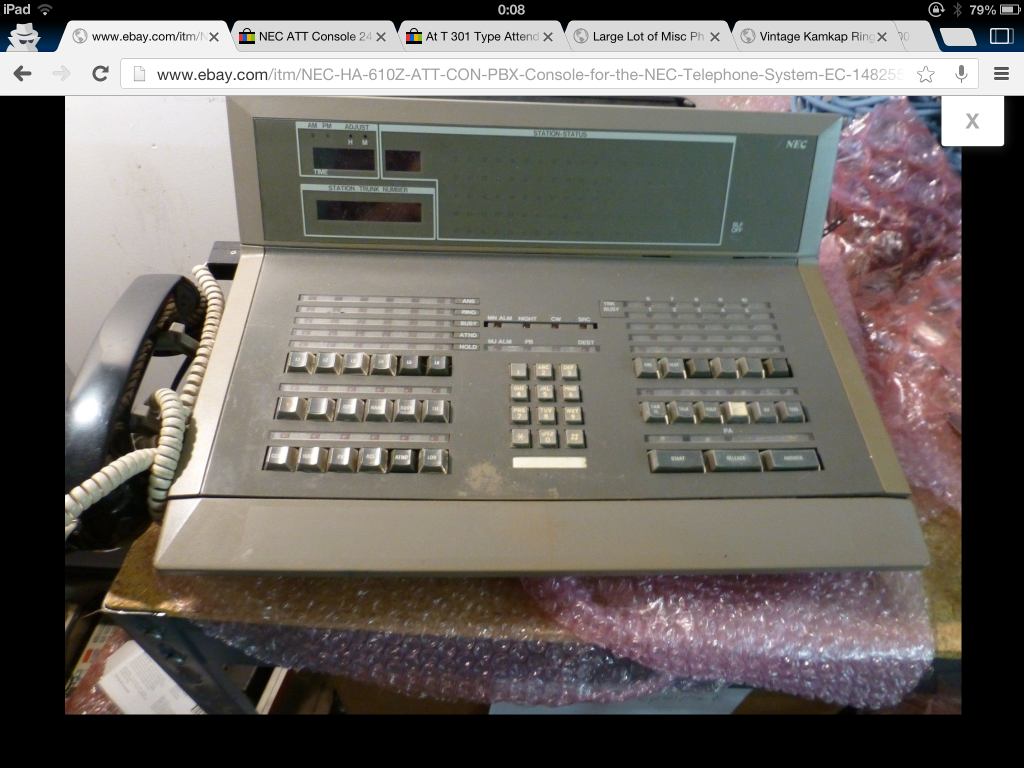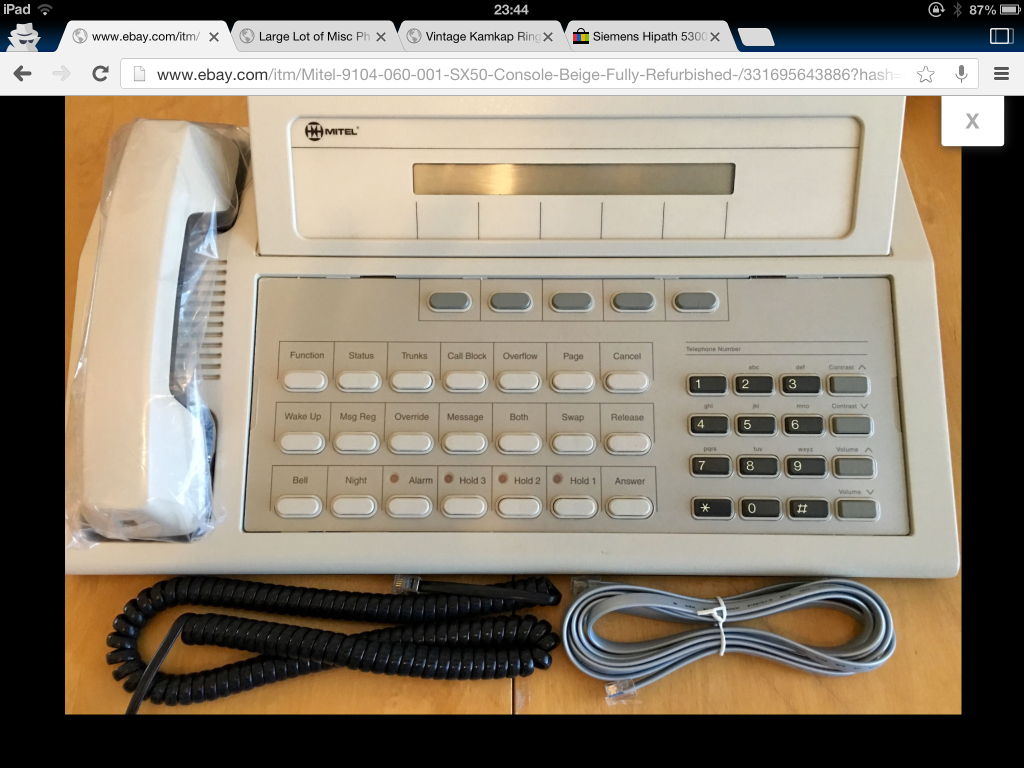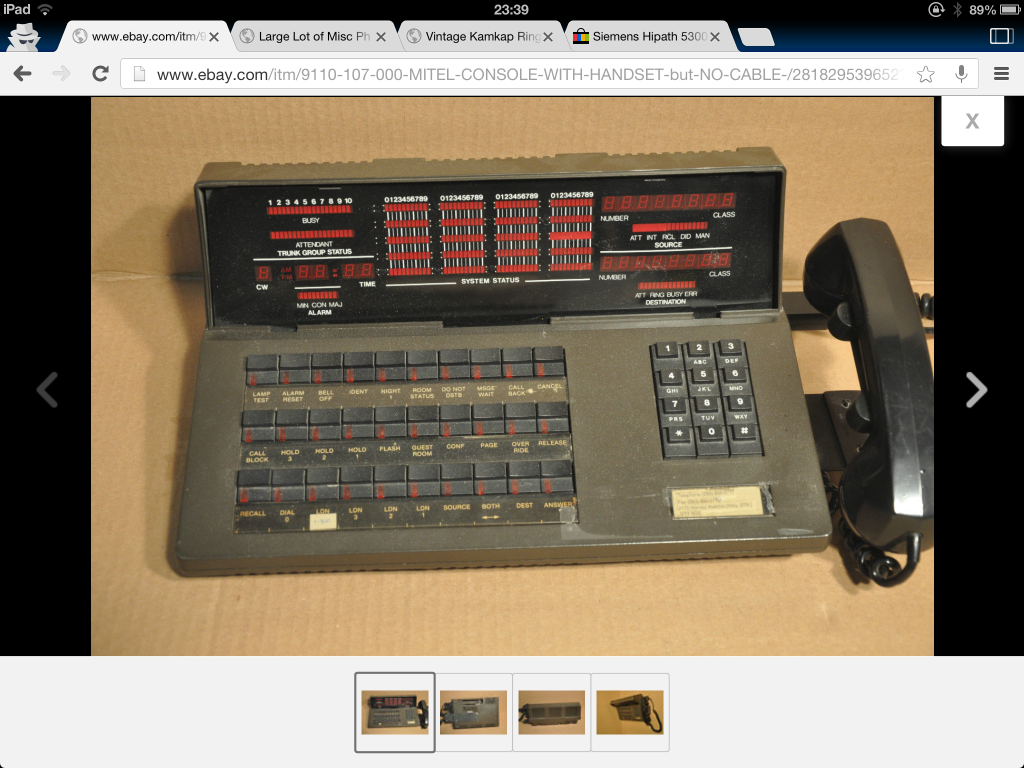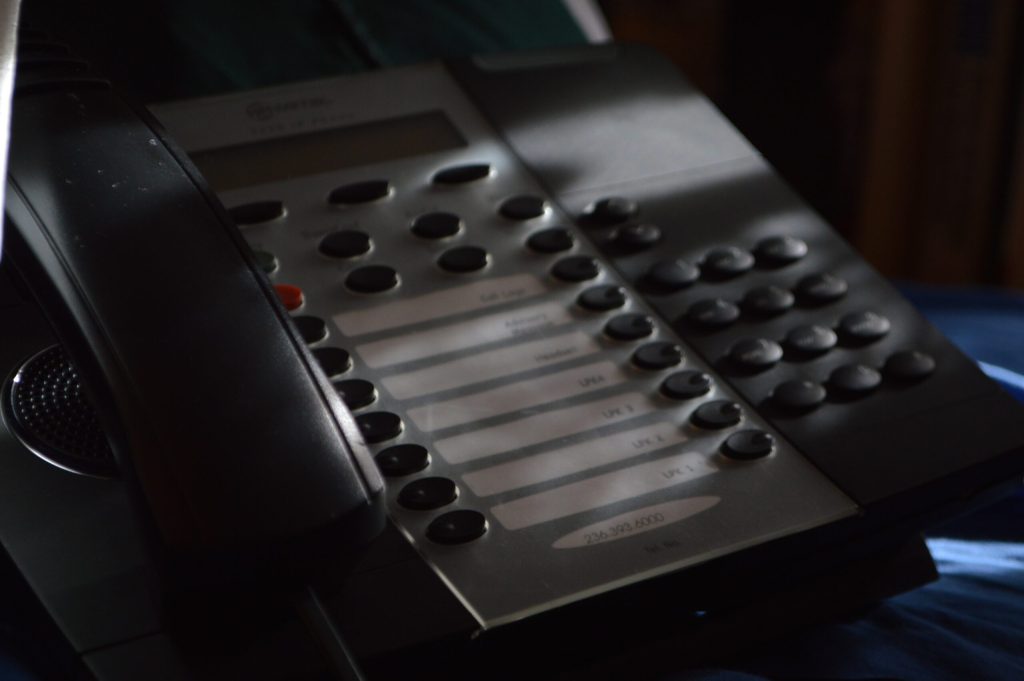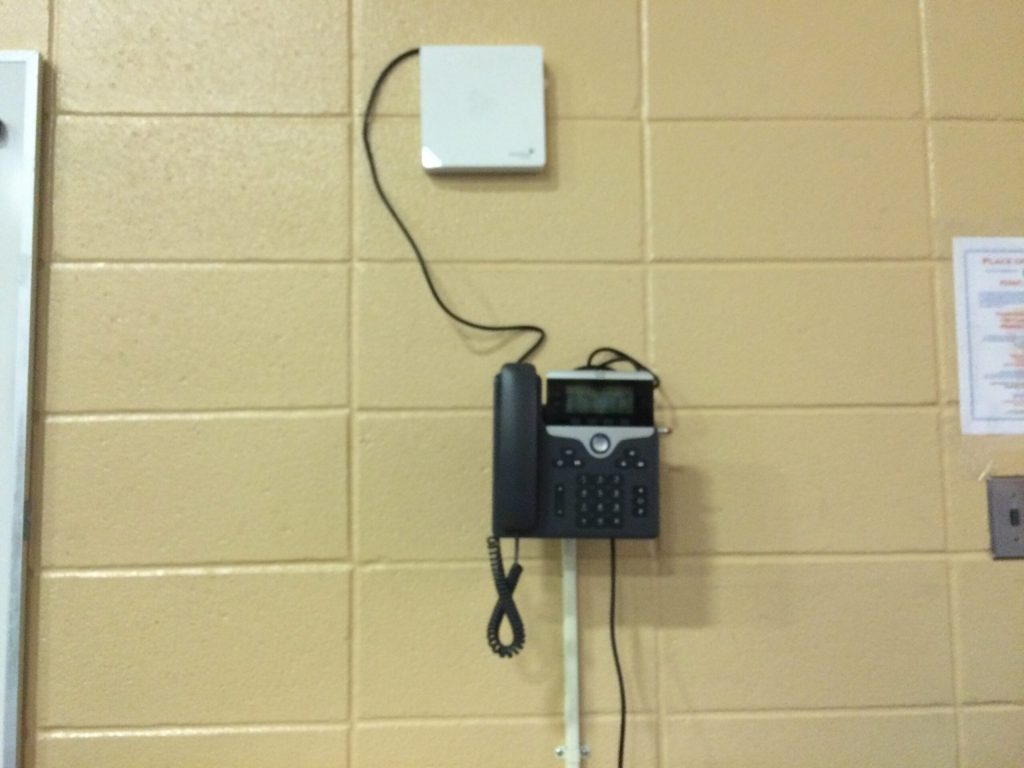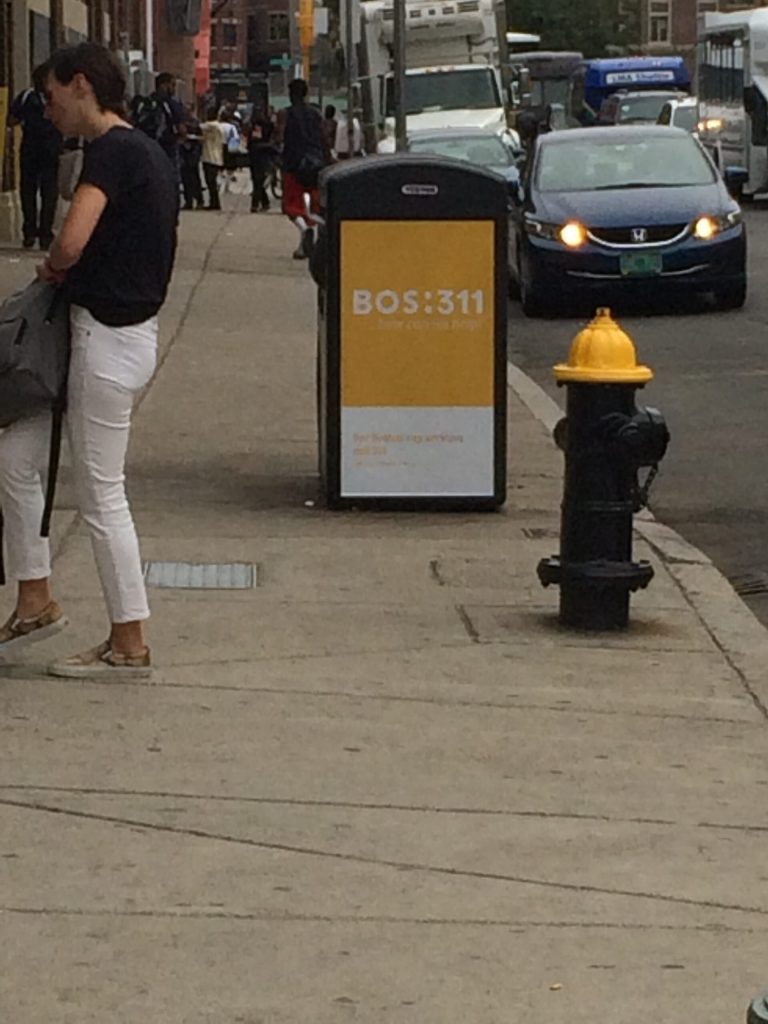You thought Avaya would be off the hook (non pun intended) right?
Nope! It would defeat the purpose of being the equal opportunity offender.
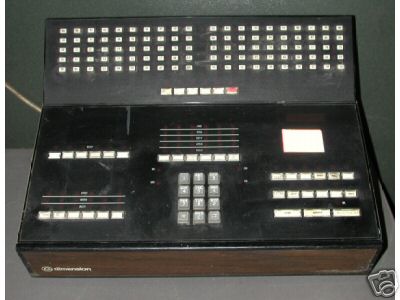
This console was made in the early 1970s for the Bell System’s Dimension PBX (and smaller versions most likely for the Horizon system.) The console was a weird design consisting of a shoebox form factor.

To the right of the set had only eight characters alpha numeric LED display. The console is filled with many indicators (the design at the time.) The console was very primitive for it’s time. No call appearances for overflowed calls. The buttons above the dialpad did act as such but they were referred (IIRC) as loopback lines.
Even stranger, as with many consoles at the time, would require a straight up, direct line from a special console port on the PBX to the location of the console. What was it’s connector? You guessed it, a 25 pair Amphenol plug!
While the Dimension console did in fact have BLFs with buttons, it was a seperate option and was located on the top, picture shown above.

In the mid to late 1980s, AT&T remade the set – took away the wood grain decal, mainstream of office telephones of the time, and made it jet black, to match the Merlin-like sets of the time as this console went into System 85 PBX line. If research confirms my out of experience of that PBX, the only attendant console, had to be one that was hard wired to the PBX. Unless with some reversed engineering, and some creativity, one could theoretically take AT&T’s ISDN console that was identical to the 302s, put it as an ISDN set and do it that way.
The Definity G3r succeeded the System 85/Definity G2 (aka a band-aid Dimension) in the mid 1990s. Release 5 was intended to be the combination of the 2 PBX systems, after all it’s core roots dates back to when the Bell System marketed the thing. Of the many fundamental changes, what retained were desksets, carriers, etc.; what went away was some of the user interfaces, the notorious MAAP to program the system, and the hardwired attendant console. A 302 could replace it via a 2 wire (2 pair if you wanted power coming out of the wall’s) voice drop and be affiliated in a DCP line over a dedicated attendant port. The only set that would continue with button caps at this point in the late 1980s lead into the 302 set to have similar clear plastic overlay for designation keys.
It’s strange the console given its “electronic” ability, could very well be mistaken for being some electrical box like an ol Call Director or 10 to 30 line set.
It’s one of those “I so just don’t want to remember this set”
